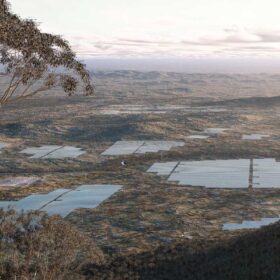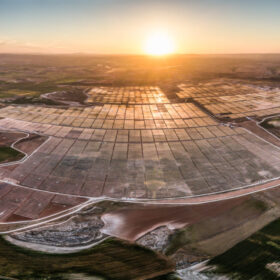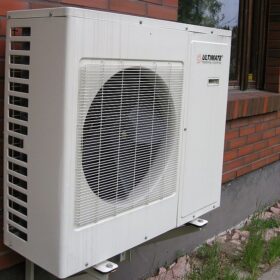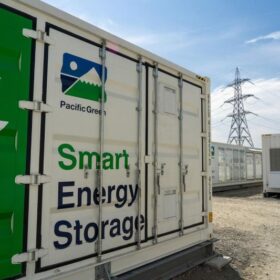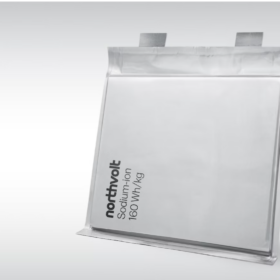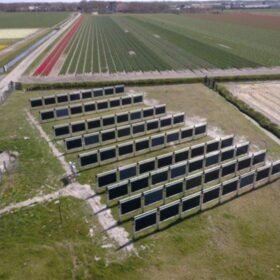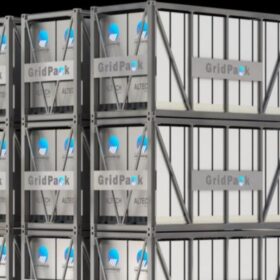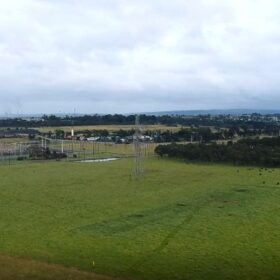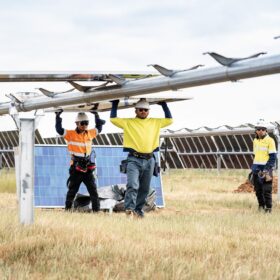Acciona presses go on 380 MW Queensland solar farm
Construction of the 380 MW Aldoga Solar Farm being developed near Gladstone on the central Queensland coast is to commence in the first quarter of 2024 with energy generated at the facility to go towards powering the state’s largest green hydrogen project.
BP to take full control of Lightsource BP
Energy giant BP announced today it would take full ownership of solar and wind energy developer Lightsource BP once a deal – pertaining to the purchase of the remaining renewables company’s shares BP does not own – goes through next year.
Performance parameters for residential heat pumps linked to PV, storage
German researchers measured a PV-powered heat pump with battery storage in a single-family home in Freiburg, Germany, for a period of a year. It features smart grid-ready tech that adjusts operations based on the grid.
Pacific Green unveils 1.5 GWh big battery plans for South Oz
British renewables developer Pacific Green Technologies has joined the growing number of foreign companies looking to capitalise on Australia’s energy transition, announcing plans to build a 500 MW/1,500 MWh battery energy storage system in South Australia.
CIP pushes ahead with 480 MWh battery project in South Australia
Danish investment group Copenhagen Infrastructure Partners has tapped Canadian PV and battery manufacturing heavyweight Canadian Solar to provide the energy storage solution for the first of the multiple large-scale battery projects it has planned for Australia.
Northvolt unveils 160 Wh/kg sodium-ion battery
Swedish battery maker Northvolt has developed its first sodium-ion battery. The cell has been validated for an energy density of more than 160 Wh/kg and is designed for energy storage applications.
Message framing techniques to boost solar sales
A Dutch-German research team has tested how a series of framed messages may be used to boost PV system sales, addressing both self-interest and environmental concerns, and has found that all the proposed messages are effective at promoting the purchase of solar panel installations.
Researchers shed light on mysterious, higher energy yields in vertical PV systems
Scientists in the Netherlands have sought to understand the reason for unexpected gains in vertical PV systems and found that these installations have a much higher heat transfer coefficient than their horizontally deployed counterparts.
New grid-scale battery design stacks up for Altech
Western Australian battery technology company Altech Batteries has updated the design of its 1 MWh sodium chloride battery energy storage system, paving the way for the modular units to be stacked three high, allowing for smaller project footprints that conserves valuable land area.
Enel cancels second hydrogen project in Italy
Italian energy group Enel says it is scrapping its plans to build a hydrogen project in La Spezia, Italy, despite €13.72 million ($22.66 million) in European subsidies, while Toyota has introduced its new Crown Sedan fuel cell electric vehicles (FCEV) in Japan.
